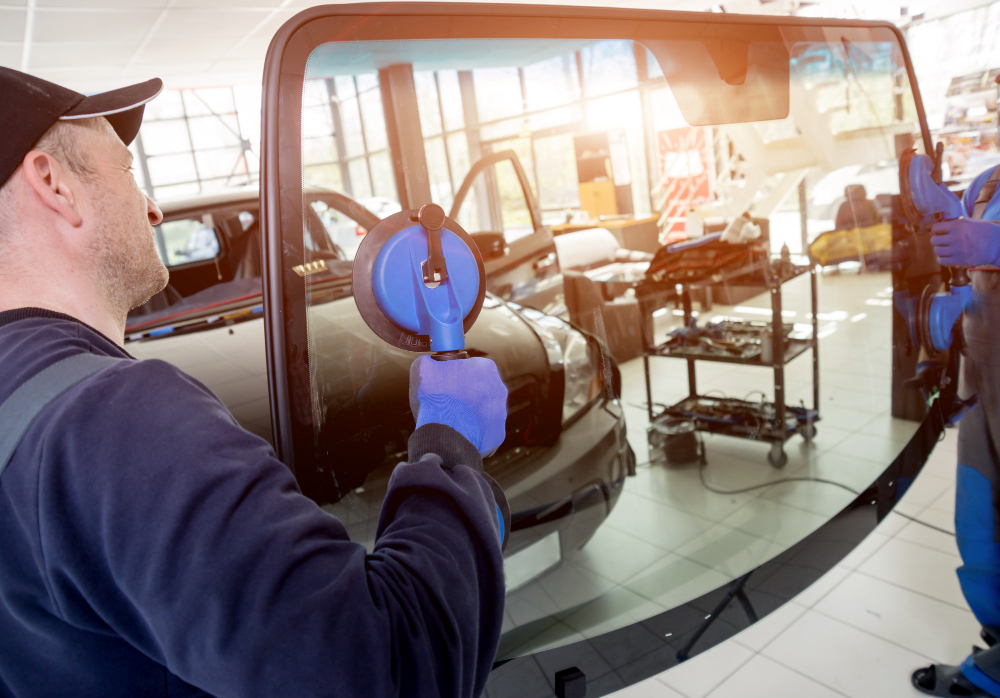Automotive Glass: Reshaped by the Curve That Shapes the Future.
There is one notion that quietly helps a futuristic car be appealing, tough and safe: the curved windshield. Instead of simply being a clear panel, windshields today are carefully made to precise standards using recent technology. Shaped by modern methods, this change depends primarily on the tried-and-true gravity furnace process.
The fast-changing world of glass production for cars means that aerodynamic design, better see-through glass and strong structures now make curved windshields vital for the industry. Yet, what makes these flat glasses work as these nicely arched and durable windows?
This blog gives you an inside look at how curved windshields are made, explaining how gravity bending works in automotive glass factories. We will discuss the way TPRS Glass Solutions handles these advanced goals delivering custom designs, top accuracy and flawless quality in automotive parts.
No matter if you love cars, design them or just want to know more about how glass in vehicles is created, get ready.
What Is Curved Windshield Manufacturing?

Curved windshield manufacturing is the technique of forming raw flat glass into the precise curvature needed in cars. Windshields have to fulfill tough standards for safety, how transparent they are and their strength. Glass used for cars requires more precision in shaping than glass used elsewhere because it must fit smoothly into the vehicle design, provide good driver views and respond properly to features included in advanced systems. Shaping glass from flat to perfect contours for a windshield is accomplished using a gravity furnace which takes advantage of gravity along with fine heat control.
How are curved windshields made ?
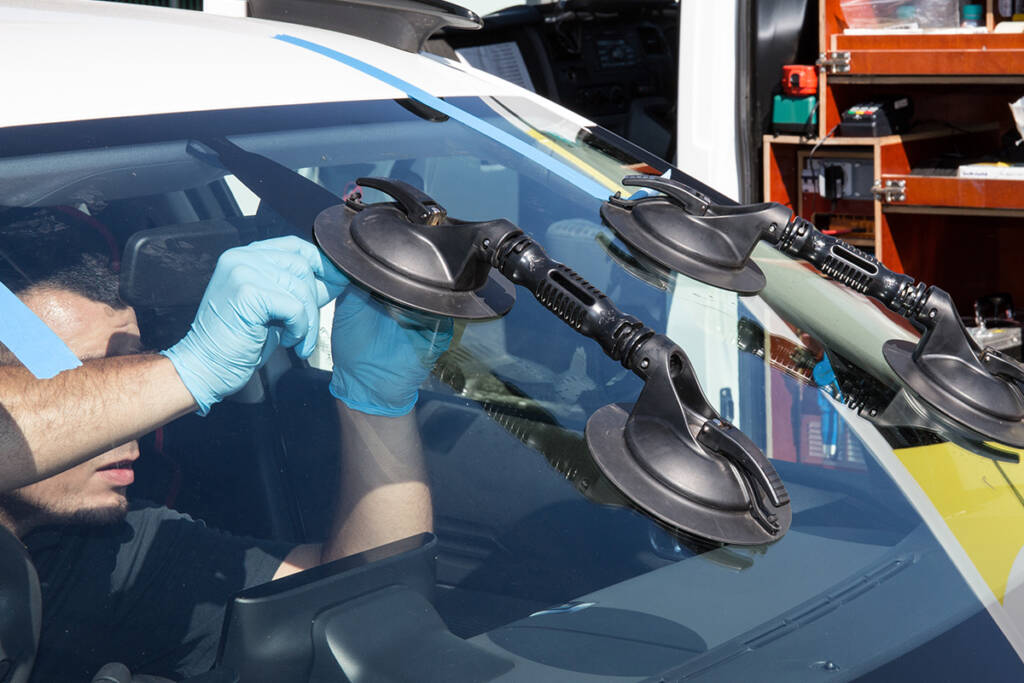
Curved windshields are made by applying several steps to go from flat float glass to laminated windshields shaped for good airflow. Every step plays a key role in reaching the required safety, visible appearance and stable structure in the automotive field. Let us take a look at how are curved windshields made:
- Picking the Correct Glasses and Cutting Them
It is important to use float glass known for its good vision and resilience. Cars’ window shapes are matched by carefully cutting the glass with either CNC machines or diamond-tipped tools.
- Edge Grinding Sales
During manufacturing, the cuts on cut glass are smoothed and ground along the edges to keep them safe and prevent breaks when heating the piece. It is important during this step to prevent the glass from breaking during the gravity furnace process.
- Thorough Cleaning
The glass is washed by systems that target oils, dust and particles. Impurities that are only visible under a microscope can still damage the image quality of a bent substrate.
- Use of Gravity Mold while creating
Between steps, the glass is cleaned and positioned onto a mold inside an automotive glass gravity furnace. It precisely reproduces the shape necessary for the specific vehicle design.
- Gravity Furnace Heating
Glass in a gravity furnace is slowly warmed to be pliable by temperatures ranging from 600°C to 700°C. Gravity bending glass starts here—the soft glass falls down into the mold by itself without anyone pushing it.
- Controlled Cooling
After forming the right curve, the glass is allowed to cool slowly in order to reduce tension inside it. It’s very important for keeping the paint tough and avoiding cracks.
- Lamination Process
Curved panels are bonded using a PVB interlayer and then passed between rollers and autoclaves for laminating. Because of this, the windshield stays intact after an impact which helps keep everyone safe.
- Scan and Test
All automotive glass laminated windshields are checked for clarity, measurements and stress resistance before going into production.
Step-by-Step Breakdown of the Gravity Furnace Process
The gravity furnace process forms the basis of making curved windshields. Let’s delve into this closer:A flowchart showing the 7 steps in the Gravity Furnace process is shown below:
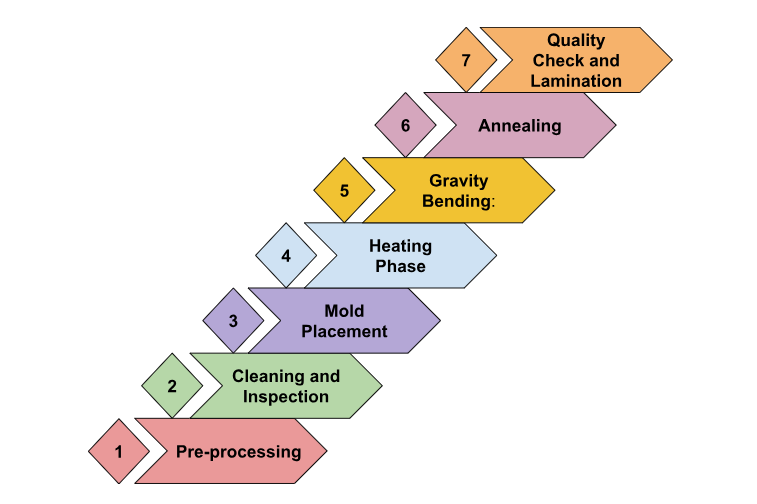
- The initial preprocessing & preparation.
Flat float glass is found and shaped along with size based on what is necessary for the particular vehicle model.
- Cleaning and safety check.
Any dirt, dust or very small particles are taken out before shaping so the design is clear and has no flaws.
- Mold Placement
Carefully shaped curved molds that fit the windshield are set inside the gravity furnace where the glass will be shaped.
- Heating Phase
The furnace gradually raised the glass’s temperature to between 600°C and 700°C resulting in it being soft and light enough to manipulate.
- Gravity Bending
At its hottest, gravity takes over and the glass assumes the shape of the mold that’s what makes the gravity bending glass process work.
- Controlled Cooling (Annealing)
The shaped glass is cooled gradually so that stresses inside it do not cause the glass to crack or bend.
- Quality Check and lamination
Following bending, the glass is examined to make sure it curves well, is uncloudy and is the right thickness. After that, PVB is applied to the window to improve safety.
Gravity Bending Glass Process
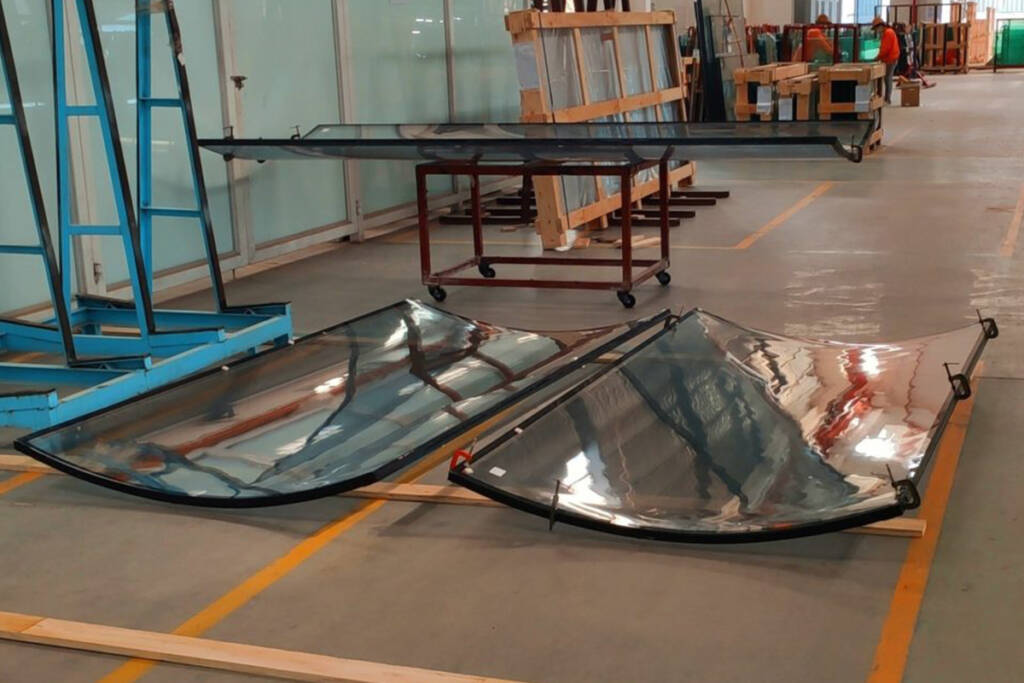
Using gravity bending, the shaping of glass is controlled and produces windshields that are both consistent and precise. Where press bending uses force to bend glass, gravity bending counts on heat and the pull of gravity.
It offers excellent results for crafting either solid-curve or appearances that are used in creating windshields for today’s luxury, performance and commercial vehicles. Minimal distortion and a good fit to vehicle contours are easier to achieve with the gravity furnace process, as well as improved working of sensors and HUDs.
This is how technology works.
For this process, flat automotive-grade sheets of glass are set over a mold that is curved in advance and located in an automotive glass furnace. Once the glass is softened (about 600°C–700°C), thanks to gravity, it begins to shape around the inside of the mold. By using this method, the glass maintains its clean look, unaltered thickness and accurate shape everywhere.
Why Many Like This Choice
- Because of gravity bending, the windshield maintains a high quality of vision, very important for both drivers and ADAS.
- Full-vision capability: The best choice for windshields on luxury and commercial cars.
- Because of its smooth curves, determined by gravity, the car can correctly use integrated HUDs, rain sensors and LiDAR.
- Excellent Vehicle Integration: The results are so accurate that the curves fit perfectly with complex vehicle surfaces and designs.
In the industry, using gravity to form glass provides both technical advantages and savings on special, performance-oriented vehicles.
Custom Curved Windshields Production
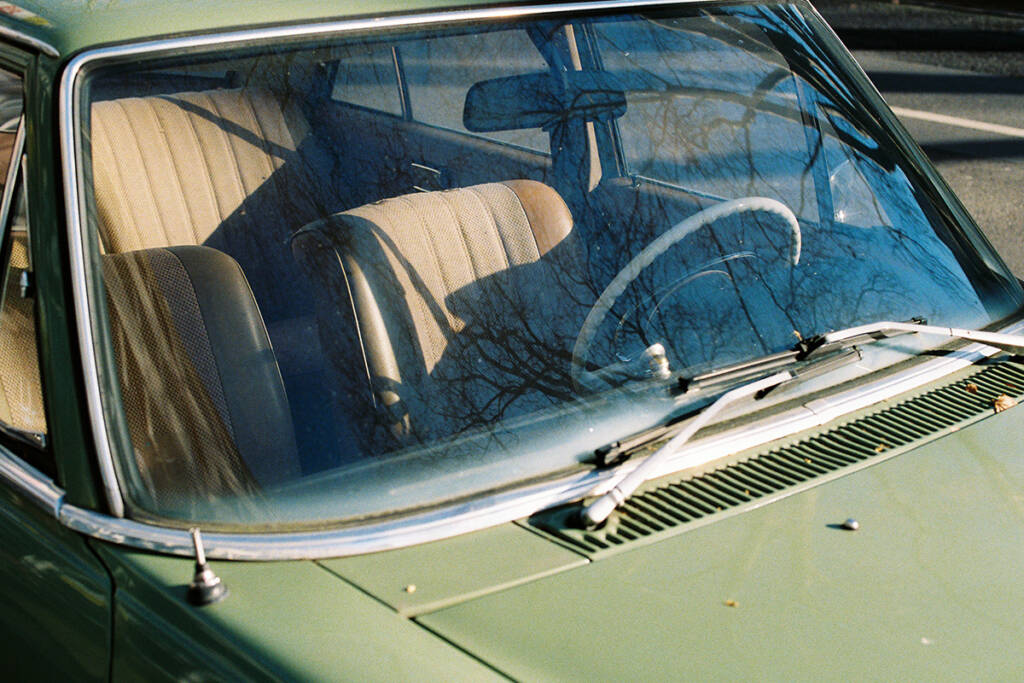
As new trends in personalized fashion and robotics take over the automotive industry, many leading companies now rely on curved windshields to distinguish their vehicles. Personalized windshields were once found only in concept cars, but now they feature in high-quality luxury sedans, sports models, electric vehicles and specific commercial vehicles.
What is Custom Curved Windshields Production ?
- Custom Mold Development: Each project starts with the design of a custom mold, based on original vehicle design references and 3D CAD renderings. The mold determined the curvature, shape and match of the final windshield.
- Precision Gravity Furnace Bending: Glass is formed over custom molds utilizing our state-of-the-art gravity furnace processes to create a perfect curvature and flawless finish.
- Low-Volume Production Capable: TPRS designs agile manufacturing solutions for any type of batch size from one-off prototypes to low-volume specialty production.
- Lamination/Coating: Custom windshields often have varying options for advanced coatings that have UV/IR protection, noise damping, and layers of tinted interlayers for added safety and comfort.
Who may benefited from Custom Curved Windshields Production ?
- Luxury Vehicle OEMs: Luxury vehicle OEMs require mind-blowing looks reinforcing brand image.
- EV and concept vehicle manufacturers: Modern and aerodynamic/futuristic profiles that require non-standard shaped glass.
- Aftermarket and retrofit projects: Classic cars and specialty vehicles require windshield replacements that are no longer mass produced.
The TPRS Glass Solutions Advantage
The TPRS Glass Solutions advantage is clear. TPRS Glass Solutions is a well-established name in the automotive glass industry. TPRS Glass Solutions offers custom-curved windshield production services with benefits including:
- In-house design and production of molds.
- Gravity bending glass processes with high levels of accuracy.
- Conformance to IS2553 and international safety standards.
- Short lead times for production and prototyping.
Whether you are designing the next electric performance supercar or restoring a vintage classic, TPRS Glass Solutions custom curved windshields ensure that style and safety are considered.
The Automotive Glass Gravity Furnace Process
The automotive glass gravity furnace process represents a very controlled environment where temperature, timing, and positioning of molds need to be in perfect synchronization. The gravity furnace is designed to assure the heating of the larger panel is uniform heat across the panel. The modern gravity furnace has the following characteristics:
- High-efficiency heating zones.
- Real-time temperature-controlling feature.
- Programmable mold movements.
- Insulation system designed for energy-savings.
The TPRS state-of-the-art automotive glass gravity furnaces are designed to provide superior consistency, and represent an integral part of TPRS curved windshield manufacturing capability.
Windshield shaping techniques
There are several windshield shaping techniques used. The best one is selected based on some combination of complexity of design, amount of glass needed, and optical quality required.
- Gravity Bending – It is the most popular windshield shaping technique. It is especially useful in achieving strict tolerances on a curve with a wide radius where precision, no distortion and excellent finish is required. In gravity bending, the glass is heated in a gravity furnace until it bends and then, once in a specific shape, is cooled slowly.
- Press Bending – The glass is heated in an oven and pressed between 2 molds to produce the curvature. It can be used with tighter curves for high volumes with some minor distortion of the surface.
- Roller Bending – Heater glass is moved through rollers to curvature rather quickly, but there is less ability to be accurate with the final shape than in the other methods so this would be used for side windows or back windows rather than the primary windshield.
- Air Bending – Air bending is a newer method which uses differential warm air pressure to shape glass into curves. It allows glass manufacturers to create selective bends and shape unique contours more flexibly and has the ability to create more complex shaped curved glass windshields than may now be possible. The equipment cost is very high plus control is fairly complex so many manufacturers are not appropriately equipped to take advantage of this technology.
- Combination Bending Techniques – In some situations where curved windshield designs are either high-end or custom, manufacturing processes may employ hybrid or combinations of bending techniques using gravity and press bending processes together to establish extreme tolerances on custom contours.
- Laser-Assisted Bending (emerging area) – This method is still being developed but utilizes a focal point of heat zones in a specific area created by a laser beam to customize curved barriers and sash among other automotive glass shapes. If it matures it could significantly change how automotive windscreens and glass are manufactured and processed.
Advantages of Curved Windshields for Modern Vehicles
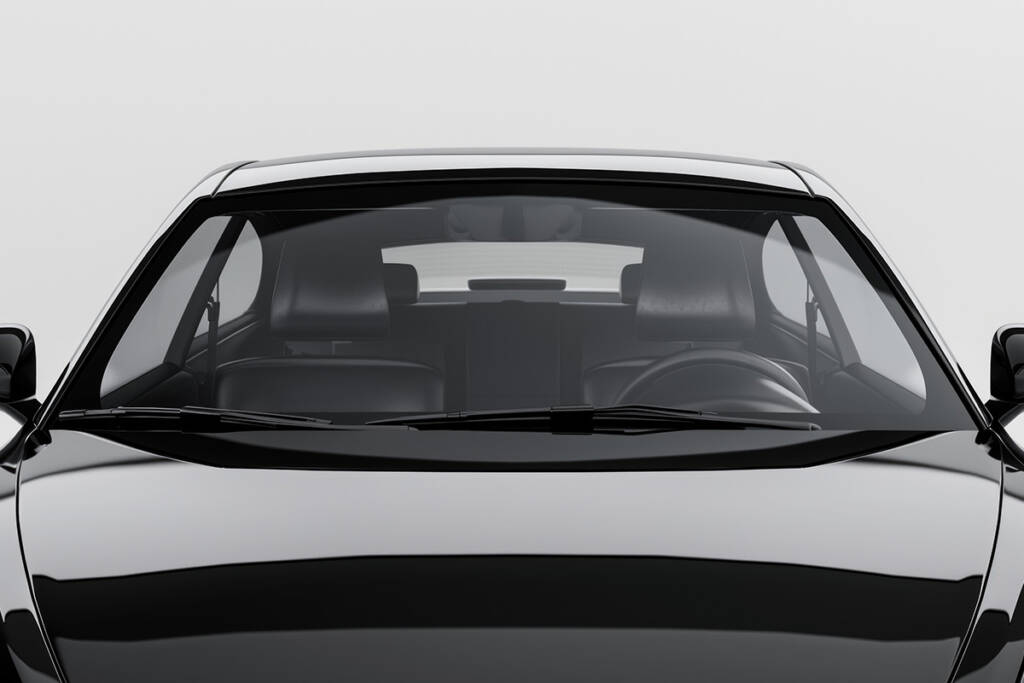
Curved windshields are not simply a design change. They immensely improve performance, safety, and overall experience involving people in modern automobiles.
- Improved Aerodynamics
The more a car is curved, the less air resistance, which implies better fuel economy, and better wind noise at higher speeds. Greater Sightlines for the Driver
A curved piece of glass ultimately allows for a more panoramic view. With a larger vehicle (such as an SUV or EV), blind spots can be eliminated, which increases safety.More Structural Stability
When curved glass is laminated, impact is spread out over the windshield. This provides greater strength than a standard flat windshield, and better safeguards passengers during an impact.More Attractive
Curved windshields are more compatible with a more sleek design of automobiles. The visual appeal makes the vehicle itself a little more attractive, which essentially increases market value to a degree for the manufacturer.Improved Integration with Advanced Driver Assisted Systems (ADAS)
Modern aftermarket or OEM ADAS systems require the curvature in windshields to be precisely a certain curvature so the sensors (for example, lane assist, automatic braking, and head-up displays) will function properly in conjunction with the windshield.Reduced Noise
Along with having a lamination and contour to reduce noise, a properly designed curve helps to insulate the cabin of the car from outside sounds for a more pleasant experience.UV and Infrared Film
Not only are curves in a windshield safer, modernized curved windshields often come with coatings blocking UV rays and whatever infrared heat buildup one can have inside of a car.Increased Continuity with Roof Panels and Side Glass
Curved windshields have the ability to create as much continuity as possible, such as when there is a panoramic roof or a frameless door which all seem to accompany high-end vehicles.
TPRS’s Manufacturing Capabilities and Quality Control
TPRS Glass Solutions is India’s leader in curved windshield manufacturing, using state-of-the-art technology and manufacturing practices, and working reliably to world class quality.
- State-of-the-Art Gravity Furnaces
Our automotive glass gravity furnaces are in-house and engineered to precision, to accommodate both small runs and large commercial production, with repeatable curvature profiles.
- In-House Custom Mould Design and CAD Modelling Capabilities
We supply in-house CAD modelling and mould production to produce custom curved windshields to your required OEM gauges or concept vehicle.
- Automatic Inspection with Advanced Automated Systems
All windshields pass through an optical scanner and are subjected to automatic defect detection using AI-based quality control systems.
- Integrated Manufacturing
Our integrated manufacturing facility is combined for float-glass procurement and final lamination and packing process to reduce the lead-time.
- Global Standards Compliance
Our processes are compliant with automotive glass manufacturing standards such as IS2553 ECE R43 and other countries’ standards.
- Sustainability and Waste Management Process
We practice green manufacturing, including multiple heat recovery systems and a low waste management process to reduce scrap glass from our processes.
- Rapid Turnaround Times for Custom Production.
Whether it’s a run of highly exclusive supercars or a fleet of commercial electric vehicles, our lean manufacturing line is designed for flexibility and speed to deliver the fastest turnaround times.
Automotive Glass Gravity Furnace & Advances in Curved Windshield Production
At the heart of today’s curved windshield production is the automotive glass gravity furnace. A highly accurate production apparatus, the automotive glass gravity furnace converts flat glass into aerodynamically shaped windshields. In the gravity furnace process, the glass is heated to its softening temperature and allowed to sag into the custom mold created for it by its weight.
The gravity furnace process achieves a myriad of geometrically smooth curves, minimal optical distortion, and the best optical clarity, making it the best choice for advanced vehicle offerings and safety system integration such as HUDs and ADAS systems.
Why is the Gravity Furnace Process Important:
- Uniform heating produces the perfect curvature.
- Custom mold compatibility accommodates unique designs and custom curved windshield manufacturing.
- Energy-saving process for automotive glass manufacturing with decreased impact on the environment.
As the automotive glass process continues to evolve with innovations and sustainability-related advancements, the integration of effective technologies creates opportunities to improve product and production outcomes.
Key Innovations:
- AI inspection for in-process quality control.
- Advanced mold making for rapid prototyping.
- Next-gen laminated glass for reductions in noise, UV, & glare.
- Energy optimized furnaces for sustainable manufacturing.
TPRS Glass Solutions: Ahead of the Curve
TPRS Glass Solutions blends precision gravity furnace technology with innovation to deliver high-quality custom solutions in the manufacture of automotive glass. TPRS can provide reliability, customization & performance in the production of everything from concept cars to luxury production vehicles. Our performance meets today’s design & safety requirements.
TPRS Glass Solutions : Where quality meets Curvature
As automobiles become more sophisticated and stylish, the demand for skillfully manufactured curved windshields is increasing. The gravity furnace process is the most dependable and exact method in automotive glass manufacturing. TPRS Glass Solutions is the reliable manufacturer of curved windshields, whether you are an OEM, designer, or specialty manufacturer of vehicles.
Call us today to see how we can use our expertise to move your innovation forward, after all, in the glass world precision counts.
FAQ’s
Curved windshields are produced from flat glass that is heated in an automotive glass gravity furnace to soften so it can sag naturally and with the help of gravity over a mold. Once that occurs, the glass is cooled slowly and laminated.
The gravity bending glass process uses a mold, placed into a furnace, to place glass and heat the glass until it hangs and sags by its own dead weight into the contour of the mold. This produces a smooth curve with minimal distortion.
The gravity furnace process is a very high quality process that has great control, contributes little to the optical distortion of glass, and is best for larger or uniquely curved windshields.
Yes, we can manufacture custom curved windshields with the use of specialized molds and computer-assisted design (CAD) technology. The TPRS manufacturing facility supports custom product manufacturing with designs specific to your needs.
Curved windshields provide aerodynamic advantages, improved sight lines, increased support for advanced sensors, and the look of modern vehicles.
We use an automotive glass gravity furnace, which applies consistent heat that allows for gravity to provide the shaping of glass over a mold.t
Depending on the complexity of the design, manufacturing a curved windshield can take several hours, as we must savor time for heating, bending, cooling, inspecting and laminating.
Yes, there are other techniques that include press bending, roller bending, and air bending. However, gravity bending is the most reliable for maintaining both clarity and strength.
Laminated and tempered, curved glass offers greater impact resistance and strength when compared to flat glass, particularly in automotive applications.



